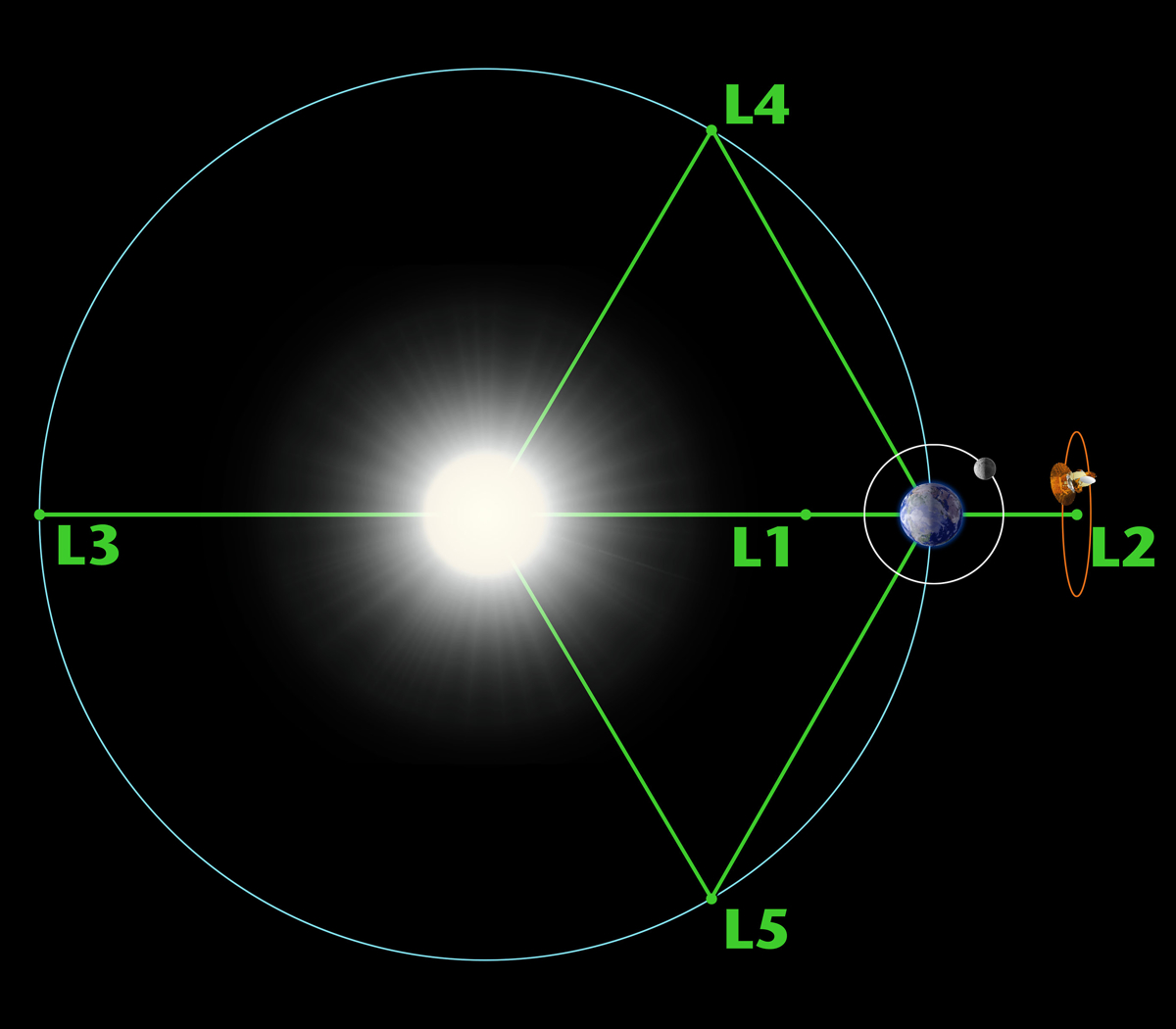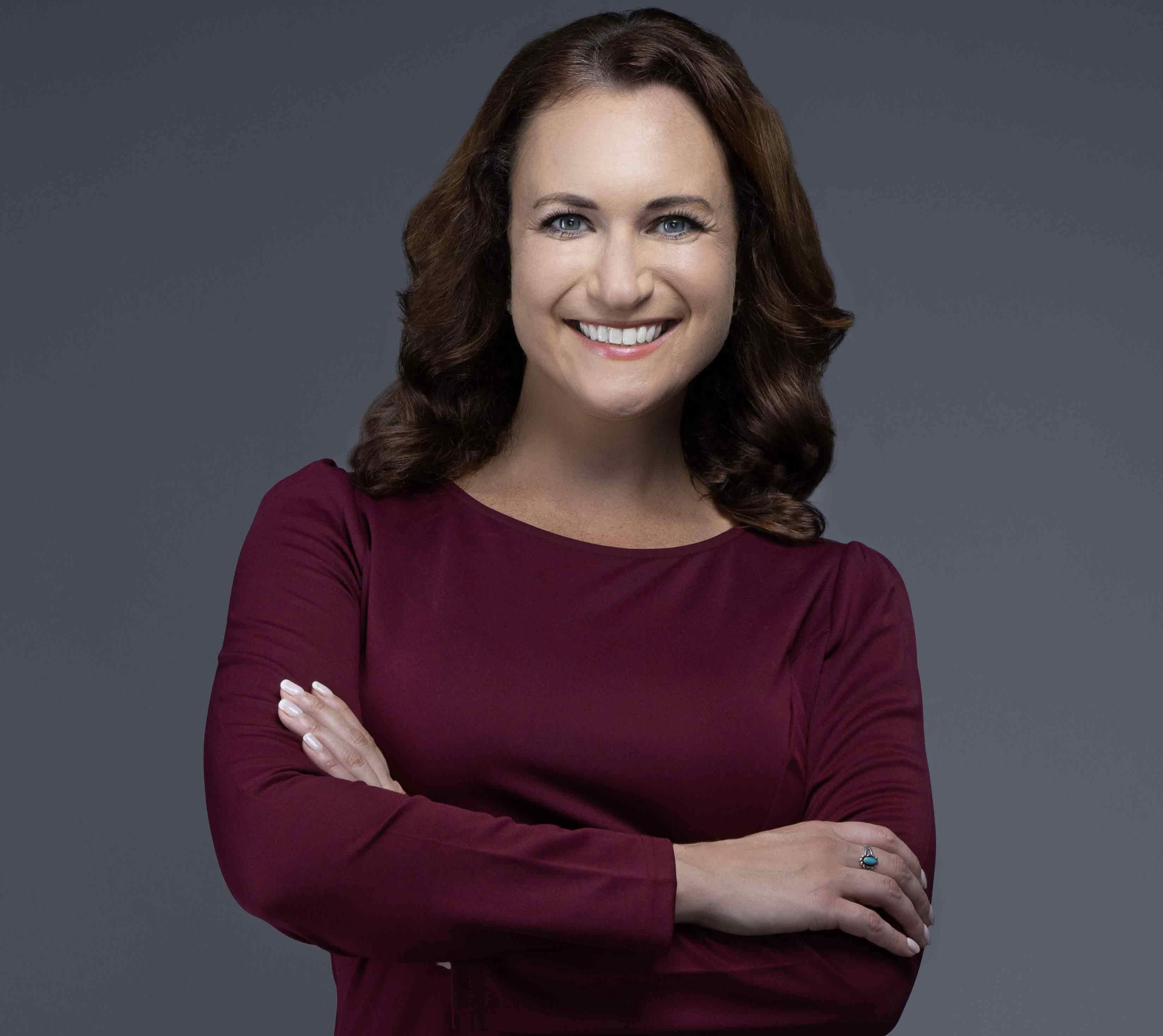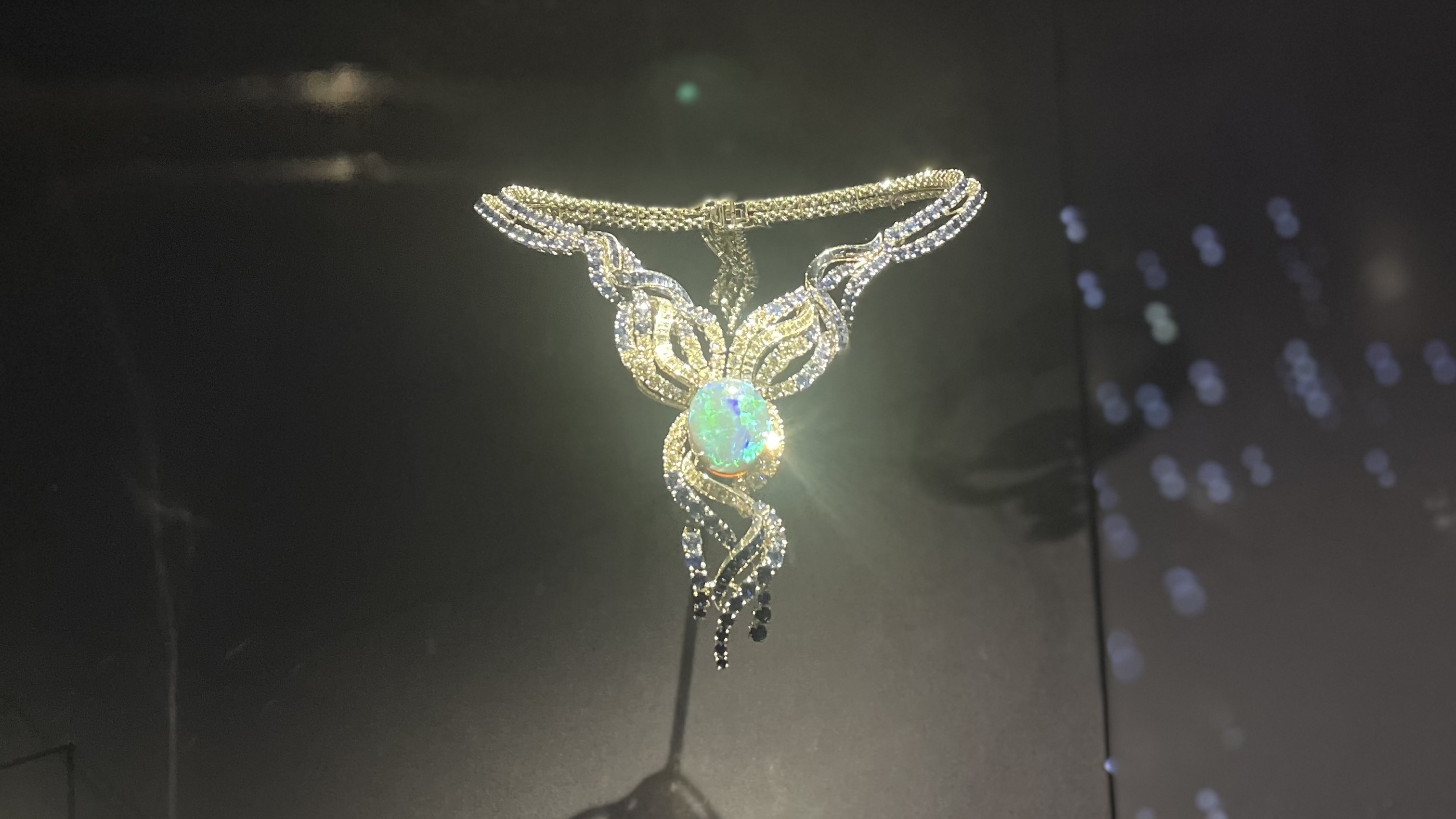The force is strong with this JEDI
Next-generation imager planned to go to space in 2031, provide even more advanced view of the sun

Step aside, Darth Vader. National Aeronautics and Space Administration (NASA)'s Joint EUV Coronal Diagnostic Investigation, also known as JEDI, has an even bigger task to balance the force in space, giving researchers a brand-new view of the sun's atmosphere.
The instrument will be a state-of-the-art multi-thermal EUV imager that will include two telescopes, specific to studying the solar wind and extreme space weather events. It is planned to take flight on the European Space Agency (ESA)'s Vigil space weather mission in 2031, and will allow scientists to get an even deeper understand of space weather by studying the sun's atmosphere in a less-explored region and at a different angle; at Lagrange Point 5 (L5).
There are areas in space where there's a happy medium of both gravitational and centripetal forces, which are known as Lagrange points. At these locations, spacecraft such as satellites can stay put and remain stagnant while taking observations without being pulled away in different directions. This location is a rare spot to park a probe, as it's trailing Earth's orbit by roughly 60 degrees. It's been around for billions of years, located nearly 93 million miles (150 million kilometers) away from our planet, and also is a solid point to call home; even asteroids remain almost frozen in time in the same location!
“Any time you go to a new place, you have new discoveries, and I think there's going to be great discoveries we're going to get both with the new location at L5 and with the new capability of JEDI. The observations we will get from the Vigil mission will provide the side view of solar storms as they're coming to earth,” Don Hassler, the project lead at the Southwest Research Institute in Boulder, Colorado, told Space.com. “When you're observing these solar storms from Earth, you don't really see the ones that are coming directly at you because they're halo coronal mass ejections (CMEs), which is a term meaning they're not as easily identifiable. So, you'll be able to see these from this mission and it'll be the ones that actually hit Earth. You'll be able to see the storm that's coming right before it produces an aurora.”

The two telescopes that make up JEDI, the Space Weather Operational Coronal Imager (SWOC) and the Enhanced Wide-angle Observations of the Corona (EWOC), will work in tandem to capture high resolution images to paint a picture of the different parts of the sun's atmosphere. Think of it this way; when you take photos of the same object from multiple angles and from different distances, it helps you understand the entire story of what you're seeing in front of you. JEDI is helping fill in the gaps of data not observed by other space weather instruments, such as the Large Angle and Spectrometric Coronagraph Experiment (LASCO) instrument aboard NASA and the ESA's SOHO (Solar and Heliospheric Observatory) and the Compact Coronagraph-1 (CCOR-1) aboard NOAA's GOES-19.
“We're so used to looking at coronagraph images with the occulting disk that we kind of ignore the fact that there's stuff under there that we don't see. JEDI has the ability to study the mesoscale structure, which is the backbone of the quiet solar wind. We're going to be able to link these EUV images on the disk and fill that space from the coronagraph,” Hassler said. “The solar wind is structured basically because of how it is formed, and sun's middle corona is the link between all the structure that we see on the surface, on the disk, with the structure that we see out in the corona. We're going to be imaging this region on a regular basis with JEDI producing images of this middle Corona on a 10-minute basis.”
By having an extra pair of eyes on the sun, forecasters will be able to tap into information 24/7, and begin to learn more about solar flares as they occur. This will contribute to improved space weather forecasts so advisories and warnings can be issued with more lead time, benefitting both end users that could be impacted by solar storms on Earth and even more time to plan ahead to view auroras that may happen at lower latitudes from stronger geomagnetic storms.
Get the Space.com Newsletter
Breaking space news, the latest updates on rocket launches, skywatching events and more!
Editor's note: This story was updated to clarify that the distance to Lagrange Point 5 (L5) is 93 million miles (150 million kilometers).
Join our Space Forums to keep talking space on the latest missions, night sky and more! And if you have a news tip, correction or comment, let us know at: community@space.com.

Meredith is a regional Murrow award-winning Certified Broadcast Meteorologist and science/space correspondent. She most recently was a Freelance Meteorologist for NY 1 in New York City & the 19 First Alert Weather Team in Cleveland. A self-described "Rocket Girl," Meredith's personal and professional work has drawn recognition over the last decade, including the inaugural Valparaiso University Alumni Association First Decade Achievement Award, two special reports in News 12's Climate Special "Saving Our Shores" that won a Regional Edward R. Murrow Award, multiple Fair Media Council Folio & Press Club of Long Island awards for meteorology & reporting, and a Long Island Business News & NYC TV Week "40 Under 40" Award.
